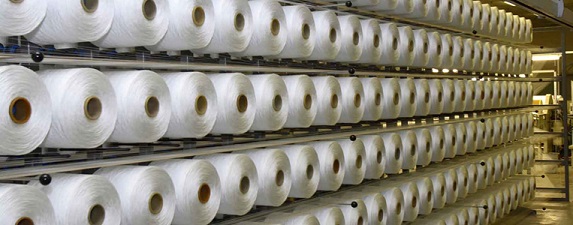Substantial Growth Forecast for India’s Textile and Clothing Industry – India Textile Clothing Industry - Arhive
India Textile Clothing Industry
 Growth will be driven by strong expansion of the domestic market as well as higher exports, aided by government incentives and support policies. India Textile Clothing Industry
Growth will be driven by strong expansion of the domestic market as well as higher exports, aided by government incentives and support policies. India Textile Clothing Industry
In June 2016 the Indian government announced a special package of measures for the textile and clothing industry under the heading of the New National Textile Policy with the aim of securing a substantial increase in exports by 2024/25 and generating 35 million new jobs, most of which would be taken by females. India Textile Clothing Industry
Twenty-one months earlier, the government launched the “Make in India” initiative with the aim of transforming the country into a global manufacturing hub with the support of foreign manufacturers. India Textile Clothing Industry
And, looking ahead, there are still opportunities for the textile and clothing industry to attract much more foreign investment.
In addition to government policies, foreign investors have been attracted by a number of other benefits — not least India’s sizeable and fast growing domestic market.
The value of India’s domestic market for textiles and clothing is forecast to reach $314 billion in 2025 — representing average growth of 14 percent per annum over a 12-year period — as a result of rising prosperity and a continuously growing population.
India has a population of 1.28 billion and a fast growing economy, and is benefiting from a retail boom. The latter can be attributed to the country’s fast expanding middle class, a large proportion of young consumers, and significant increases in personal disposable incomes.
Not surprisingly, there is growing interest among foreign manufacturers and retailers in establishing a presence in the Indian domestic market. In fact, a number of foreign businesses with high profile brands — including Aéropostale, Gap, H&M and Massimo Dutti — have entered the Indian market in recent years.
Also, global upmarket and luxury brands are looking to use the country as a base for manufacturing and supplying worldwide markets as well as supplying high income and middle income consumers in India itself.
Admittedly, 90 percent of India’s retail market continues to be dominated by unorganized trade.
But the market is evolving rapidly and, according to Textiles Intelligence, organized retail outlets will expand strongly in line with the surge of Indian middle-class consumers who tend to develop stronger brand loyalty and are more able and willing to spend on better quality goods.
